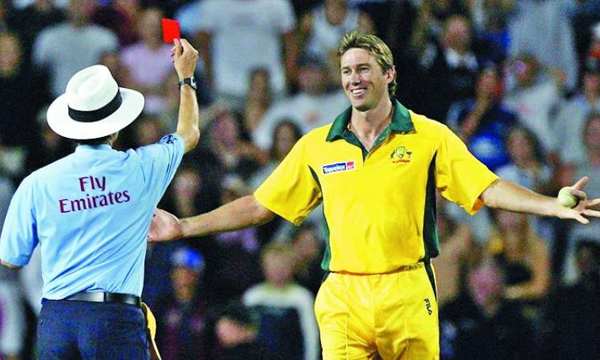The International Cricket Council (ICC) has introduced a number of changes to its playing conditions which will be effective in all series starting 28 September or later.

The ICC playing conditions will now incorporate the relevant clauses from the MCC Laws of Cricket (2017 Code), meaning that all the playing regulations will be captured in one document for each format.
ICC General Manager – Cricket, Geoff Allardice; “Most of the changes to the ICC playing conditions are being made as a result of changes to the Laws of Cricket that have been announced by the MCC. We have just completed a workshop with the umpires to ensure they understand all of the changes and we are now ready to introduce the new playing conditions to international matches.”
Red Cards & Consequences
New playing conditions pertaining to players’ conduct, a player can now be sent off the field for the rest of the match for any serious misconduct, meaning it will apply to Level 4 offenses while the Level 1 to 3 offenses will continue to be dealt with under the ICC Code of Conduct.
Threatening to assault an umpire, making inappropriate and deliberate physical contact with an umpire, physically assaulting a player or any other person and committing any other act of violence all constitute Level 4 offenses.
The above changes will be applicable across all formats, as will be a change in the DRS rules by which a review will now not be lost in case of a decision that remains unchanged, solely as the result of an ‘umpire’s call’.
As for DRS in Test matches, there will be no more top-up reviews after 80 overs of an innings, meaning that there can only be two unsuccessful reviews in each innings, while the DRS will now also be allowed to be used in T20Is.
For boundary catches, airborne fielders making their first contact with the ball will need to have taken off from within the boundary, otherwise, a boundary will be scored.
Also, a batsman cannot be out caught, stumped or run out even if the ball bounces off the helmet worn by a fielder or wicket-keeper.






































